Chess
Room 13 has been lucky enough to have Alan come into our class to teach us how to play chess. Chess teaches us strategic thinking, logic and it is fun, too!
Chess is a board game for two players. It is played on a square board, made of 64 smaller squares, with eight squares on each side. Each player starts with sixteen pieces: eight pawns, two knights, two bishops, two rooks, one queen and one king. The aim of the game is to defeat the opponent’s king!
Did you know…
People have been playing chess for over 1,500 years!
The game originated in Northern India in the 6th century AD.
Below is a list of the chess pieces and what their original names were:
Original Name Modern Name
King King
Adviser Queen
Elephant Bishop
Horse Knight
Chariot Rook
Foot-soldier Pawn
Chess Pieces
So far we have had two lessons with Alan. He has shown us the moves of each chess piece and where we start on the chess board. He has also demonstrated strategies for us to use when we are playing. We have all picked up how to play chess very quickly… even Miss M is learning!
Here are some photos of us practicing our new chess skills!
Investigating Shadows
It was a beautiful and sunny morning, so Miss M took us outside to play a new game called ‘shadow tag’. We worked with a partner and our aim was to tag our partner’s shadow. We had lots of fun!! This game introduced us to our next science lesson on exploring… shadows!!
As we were enjoying the sunshine, together we talked about where the Sun is positioned, and how this might change during the course of the day.
This then lead us to the discussion of the Sun rising in the morning and setting in the evening. We worked out that the Sun rises from the East in the direction of the Adelaide Hills and sets in the West along our coast line. Although the Sun appears to move across the sky from East to West during the day, we now know that this is due to the Earths rotation. Our Earth spins on its axis… and this is what caused our shadows to move.
To get a clearer picture, Miss M took us outside to do a shadow observation activity. We went outside at 10:20am and found when we were standing still our shadow was directly in front of us. We worked with a partner and took it in turns to trace each others shadow. We also had to document our name and the time… so we could remember which shadow outline was ours!
At 12:15pm we went outside again. He had to stand in the exact same spot of our first shadow outline. We discovered that our shadow had moved!! Our shadow moved to a slight angle. Again we traced our shadow and documented the time. We compared the two outlines of our shadow and we also noticed that our shadow had reduced in size!!
At 1:45 we went outside for the last time. We looked at our shadows again… our shadow had now moved to the left hand side of our original outline and… our shadows appeared ever smaller!!
What did you learn from this lesson and what did you enjoy the most???
Matilda – Roald Dahl
This term room 13 is reading the popular children’s novel Matilda by Roald Dahl.
Before reading the book, we discussed the idea of ‘visualising’ and creating pictures in our mind.
What is Visualising?
Visualising is when the reader uses their prior knowledge and experiences to create a image in their head of what is happening in the text. When authors write, they use words to describe things. There is an old saying that a ‘picture is worth a thousand words’. This is very true! By creating a visual display in your head it helps readers understand, organise, and remember some of those thousand words. Visualisation can also help the reader to connect with and become part of the story.
With visualisation in mind… Miss M read us three character profiles from the novel. The characters included Matilda, Miss Honey and the horrid Ms Truchbull.
Photo album task
Once Miss M read the character profiles aloud, we had to choose one of the three characters to create a class album of visualisations. We then needed to illustrate a detailed picture of the images that were created in our minds.
A bit about the book…
“Matilda Wormwood’s father is a mean crooked crook. And her mother’s just plain stupid. They think Matilda is a nuisance who should watch more TV and read fewer books! But her lovely teacher Miss Honey thinks Matilda is a genius. Matilda has a few extraordinary tricks up her sleeve, so her horrible headmistress had better watch out.” Roald Dahl, 1989.
Questions for you….
What did you like about this activity?
Have you read or seen the movie Matilda?
Growth Mindset
Your mind is a powerful thing!
The stories you tell yourself and the things you believe about yourself can either prevent change from happening or allow new skills to blossom.
This term we have been looking at the difference between a ‘fixed’ and ‘growth’ mindset is.
Fixed Mindset
In a fixed mindset students believe that they have basic abilities (intelligence, skills or talent) are simply fixed traits that can not be changed. People who have a fixed mindset believe “they are born the way they are” and they can not do anything to change their abilities.
Growth Mindset
Students with a growth mindset understand that their talents and abilities can be developed through dedication, effort, hard work and persistence. Having a growth mindset creates a love of learning and develops resilience towards achieving great success. People with a growth mindset believe that everyone can get smarter if they work!!
We have a ‘change your words… change your mindset‘ display at the back of our classroom. It us the difference between a fixed and growth mindset. We often refer to this display in our learning!
We have also watched some short videos on the Class DOJO website. These videos have both explained and helped us to understand what a growth mindset is.
You can view the videos here!
Episode 1: A Secret about the Brain
Episode 2: The magic of mistakes
Episode 3: The power of “Yet”
Episode 4: The world of neurons
Episode 5: Mojo puts it all together
Inspirational Maths with a Growth Mindset!!
In week 3, we watched a video with an important message explaining that everyone can do well at maths!! Sometimes we believe that some people are ‘math’ people and some people aren’t.
This is not true… in fact everyone is born with the ability to do well in maths. The ability to learn maths is based on our experiences and our beliefs.
Maths Problem
Miss M gave us a task where we had to write the numbers 1 to 10 down the side of our piece of paper. We had to work together in a small group to try and find every number from 1 -10 only using the numbers 1, 2, 3 and 4. We could use any of the four operations including addition, subtraction, multiplication and division.
. 
Once we finished finding the different ways of making 1 to 10… Miss M then challenged us to find every number up to 20.
Here are some photos!
right angles are everywhere!
This week we have been exploring different types of angles and exploring the different angle sizes.
Miss M is preparing us for year 4 next year! She taught us how to use a protractor. At first we found it challenging as we had to out where to put the zero and how to read the numbers. We soon worked it out and we were on our way to conquering angles.
We looked at 4 angles….
Acute angle – is an angle that measures less than 90 degrees
Right angle – is an angle that measures exactly 90 degrees
Obtuse angle – is an angle that measures MORE than 90 degrees but LESS than 180 degrees
straight angle – is an angle that measures exactly 180 degrees
Miss M then sent us on a mission to find as many right angles as we could around the school… and we found lots!!!
Check out some of our photos! **More photo’s still to come**
Did someone say pasties?
Today we had the pleasure of Sophie’s Nana Terri coming in to show us how to make pasties and apple pies!
We all had lots of fun making them and enjoyed eating them for our lunch.
A great way to end the term!!
If you would like to try and make them at home here is the recipe…
Pastie Recipe
*This recipe makes 12 large pasties*
Ingredients
12 sheets of puff pastry
6 potatoes
6 carrots
1 large pumpkin
2 small onions
salt to taste
a small amount of mince (optional)
100 grams of green beans
Method
heat oven at 200 degrees celsius
peel and finely chop all vegetables
Take the pastry out of packet and lay it flat. Allow the pastry to defrost (Be careful not to let the pastry get too soft otherwise it will tear!)
place all veggies in a bowl and add salt
place pastry on a pastie maker and put 1/3 cup of pasty mixture in one side
Lightly dampen pastry edge on one side with a pastry brush
close pastie maker and press together
remove pastry and put the pasty on a baking tray
brush with egg wash
bake until golden brown
Lastly enjoy!
Symmetry!
Today we have been learning about symmetry!
What is symmetry?
A shape has symmetry or is symmetrical when one half of the shape can fit exactly over the other half.
Today in class we brainstormed different 2D shapes and objects and their symmetry lines. Here are some examples that we explored…
We also looked at symmetry with animals and famous buildings architecture such as the Taj Mahal and the Eiffel Tower.
We looked at some Aboriginal art from the National Gallery of Australia. Students were asked to describe the painting and to look closely to see what maths they could find within the painting. We came up with lots of mathematical thinking
symmetry!
patterns
shapes
angles
fractions – half, quarter
BBC Bitesize Maths – symmetry game
Questions for you…
What things can you find in the school environment that are symmetrical?
What items can you find at home that are symmetrical?
Mr Grant’s Challenge!
On the weekend Mr Grant saw our measurement blog and set our class a challenge! You may or may not know this but, Mr Grant is a big fan of football and even better he is a Power supporter (Go Power!!). Now because he enjoys football he wanted to make sure that the distance between our AFL football goals/point posts on our school oval are exactly the same so it is fair for both teams when playing.
Firstly, we did a bit of research to find out the length of the goals/point posts. We searched Google and discovered the distance of the goal/point posts are 6.4metres in length.
Here we are… ready to measure!!
Next, we set out to the oval for our challenge and took 5 metre rulers with us. We measured the posts and they were pretty perfect!! One of the goal posts measured 10 centimetres short, however this could be due to the fact that there was a slight dip in the ground.
Overall, students were keen and excited to do this challenge. Thanks Mr Grant, we all look forward to more maths challenges in the future!


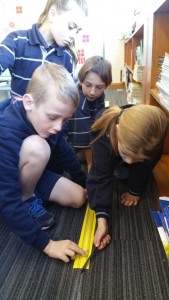
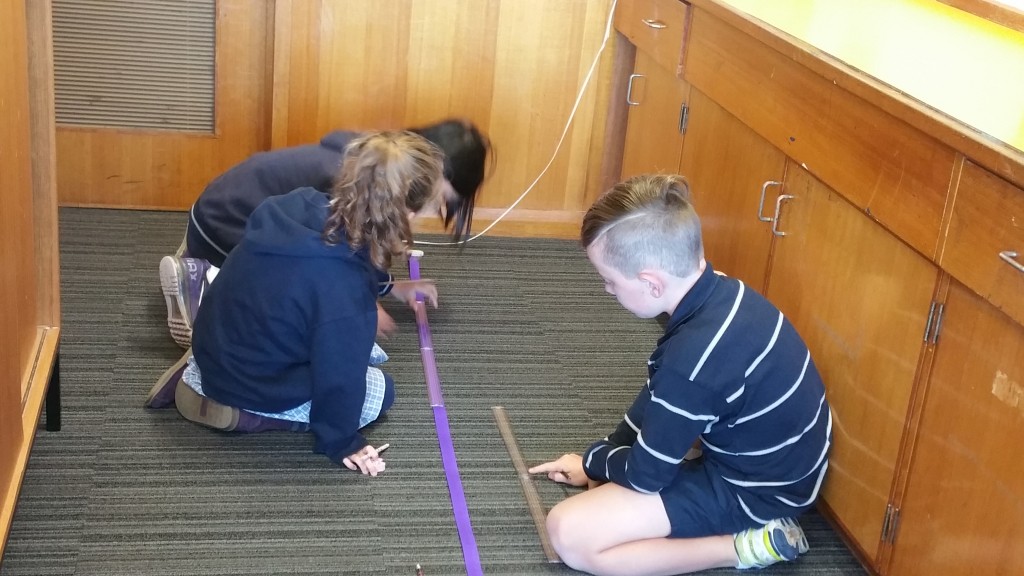
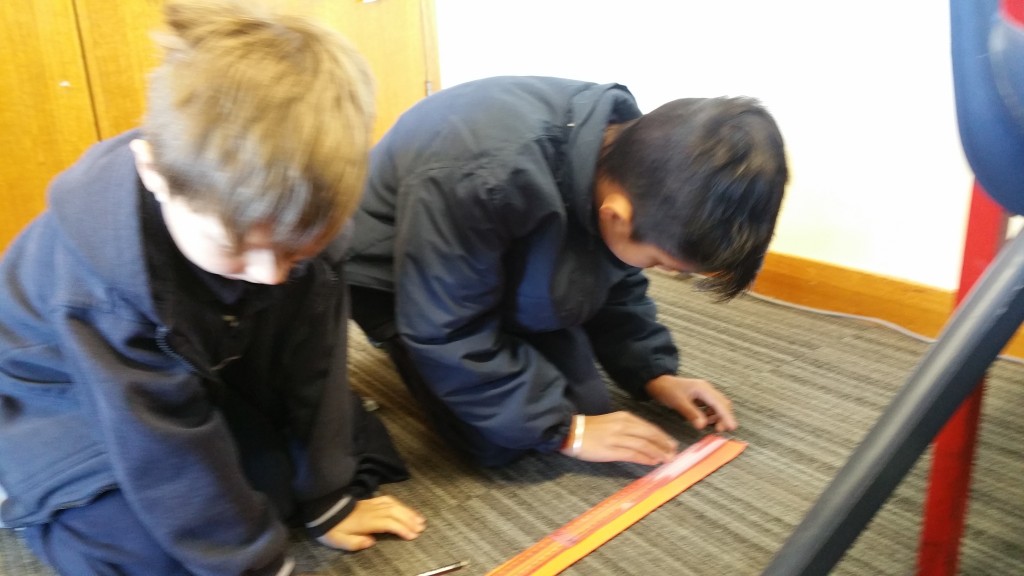
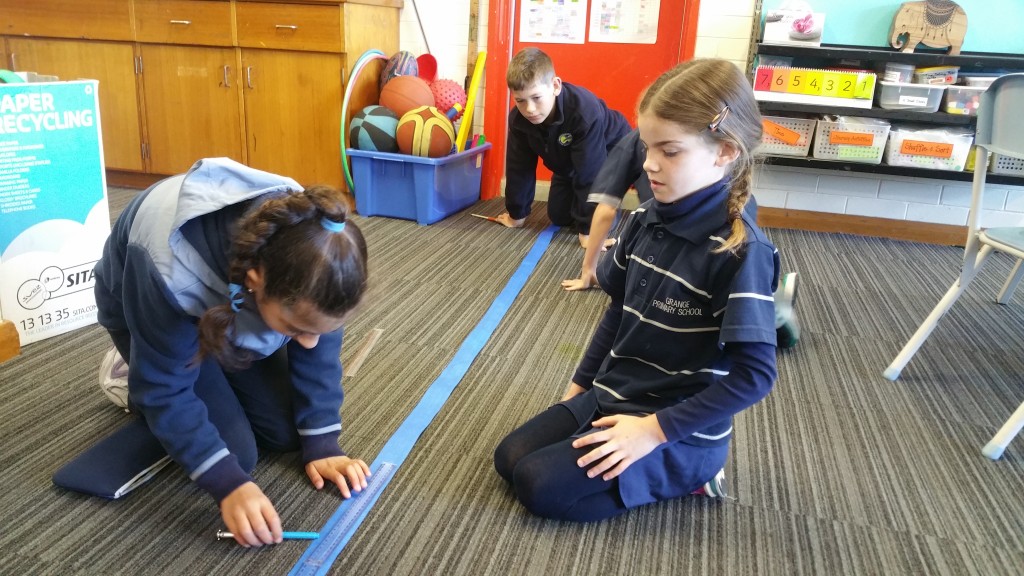
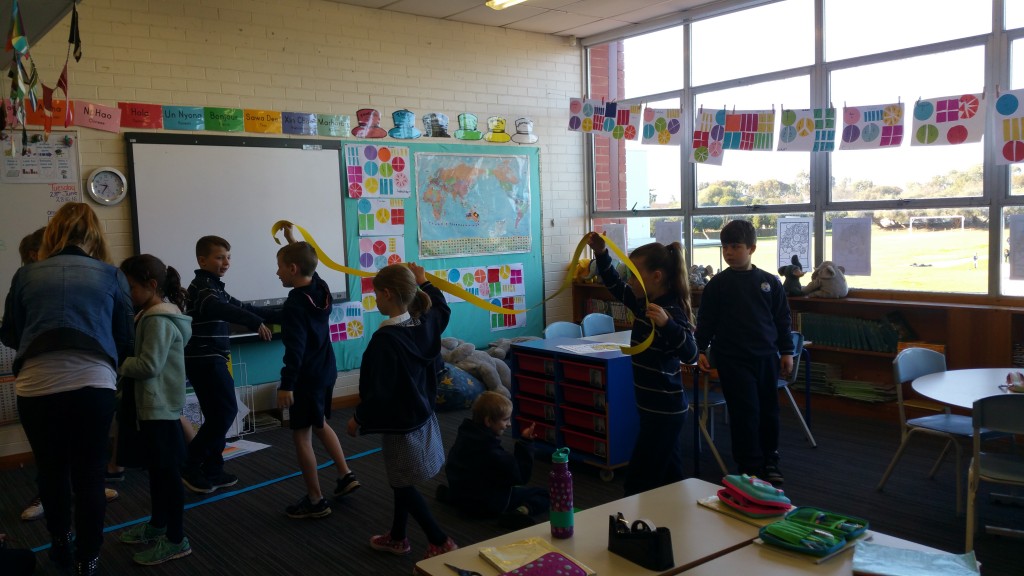

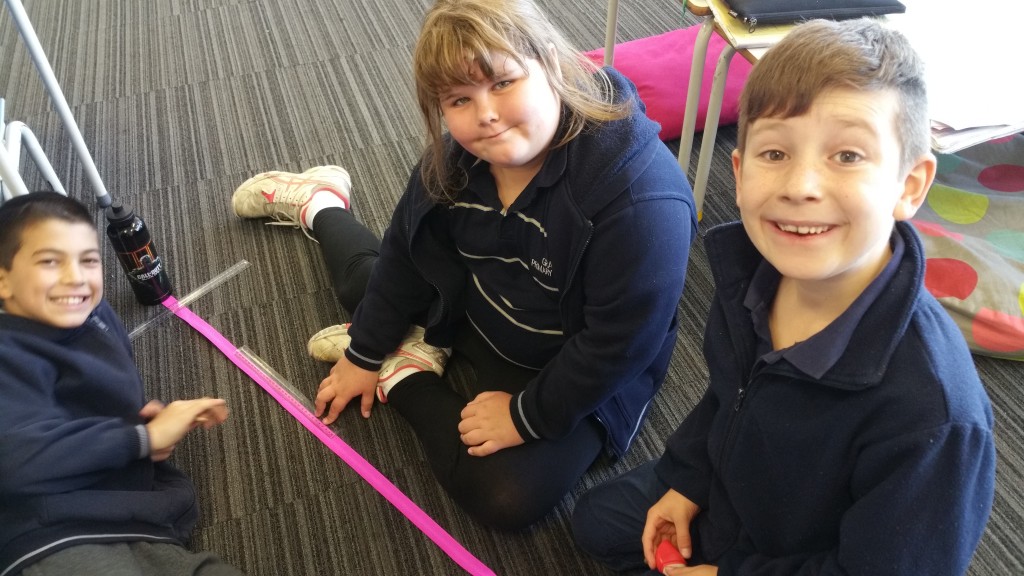
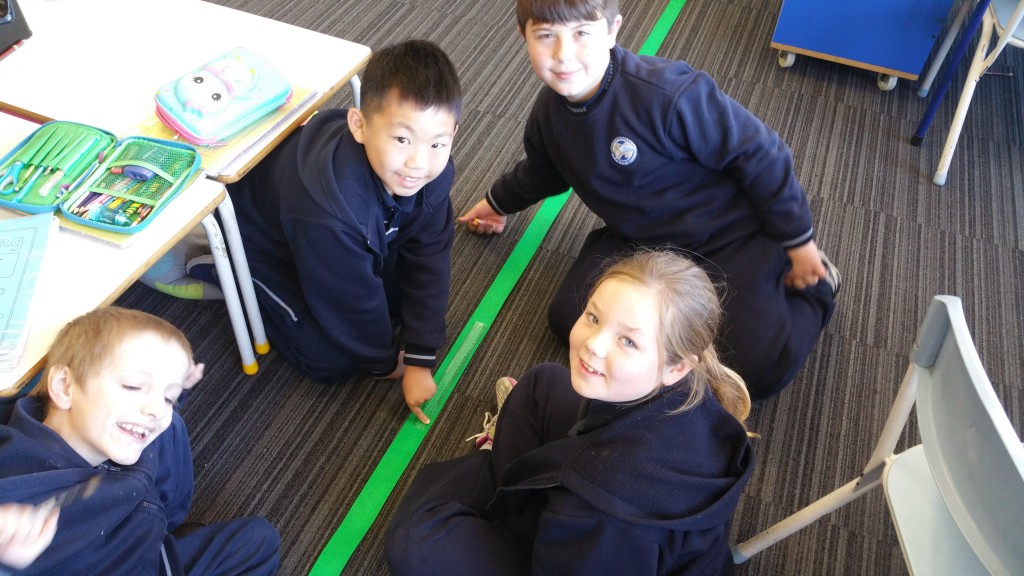

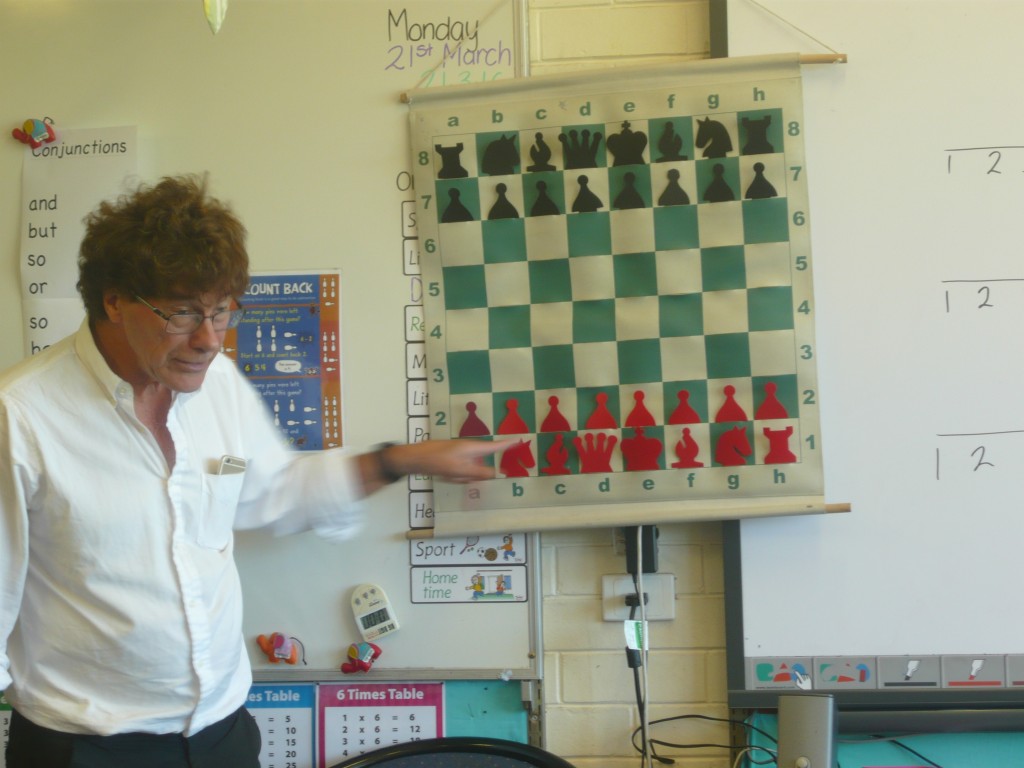



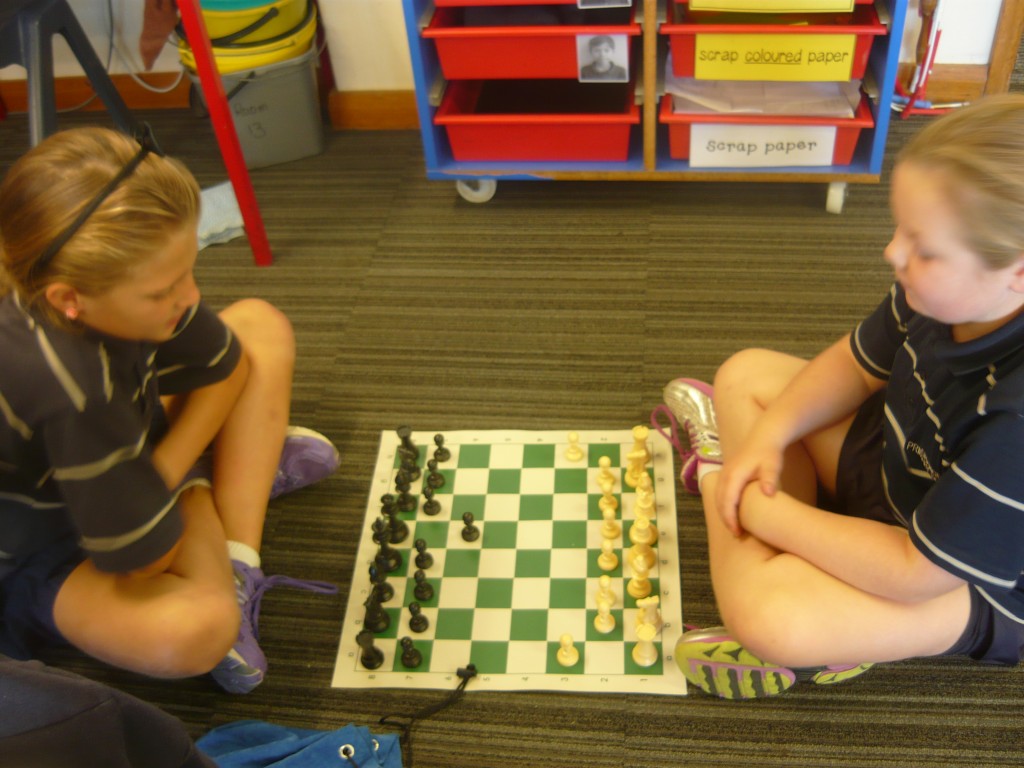

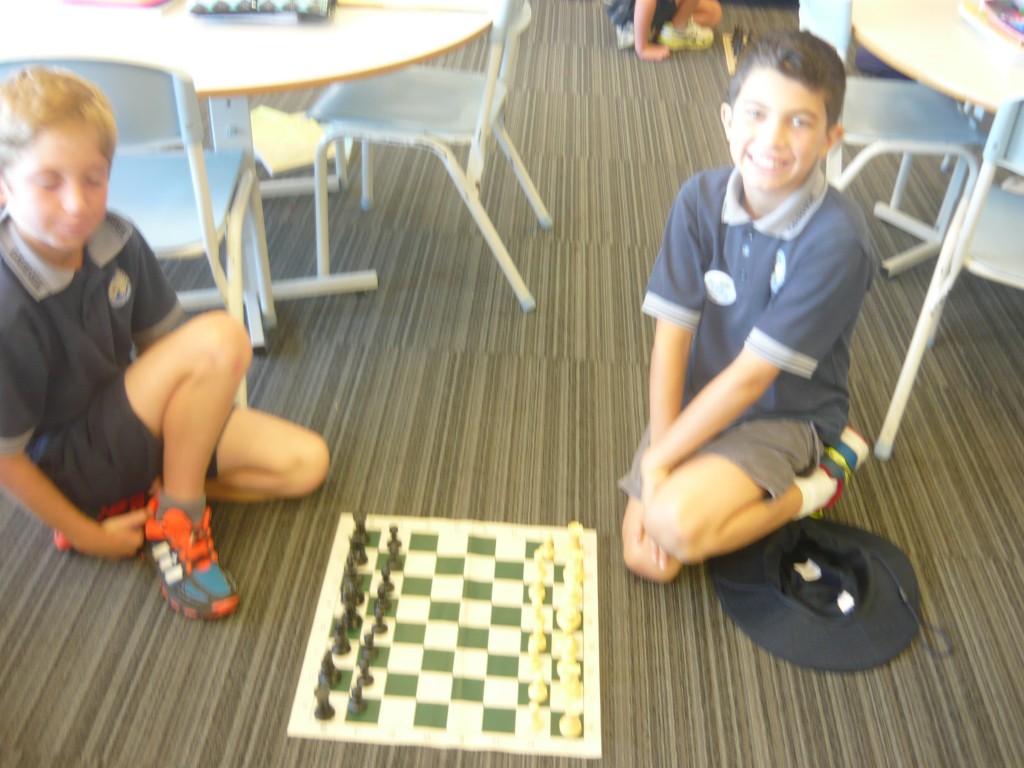


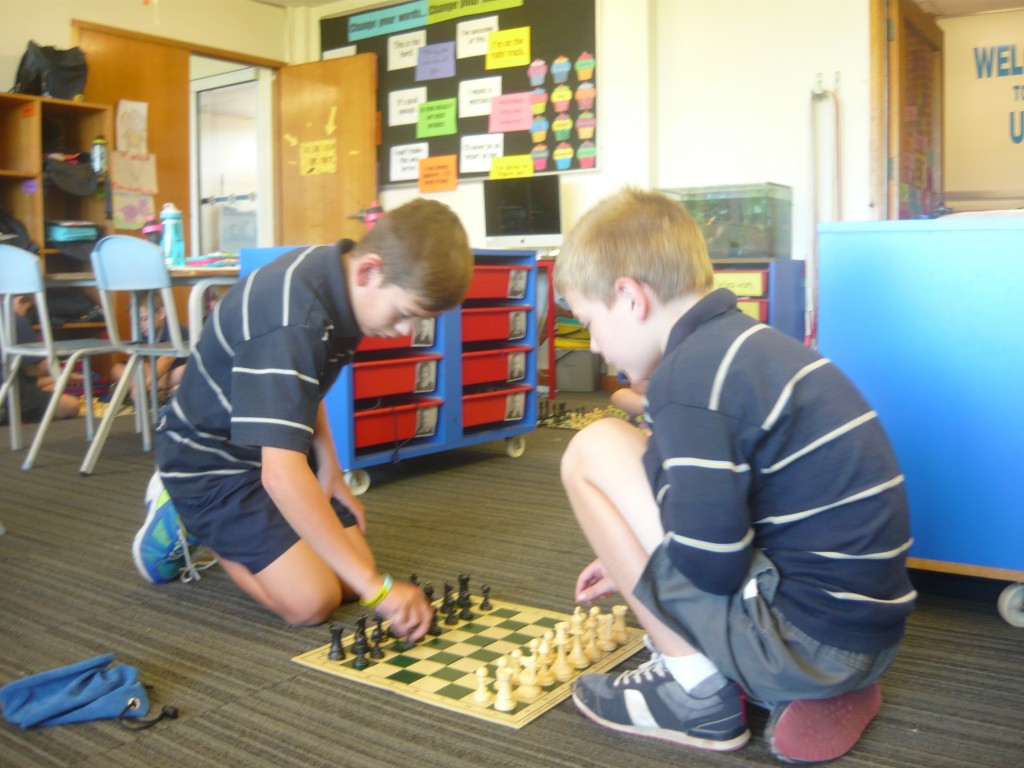
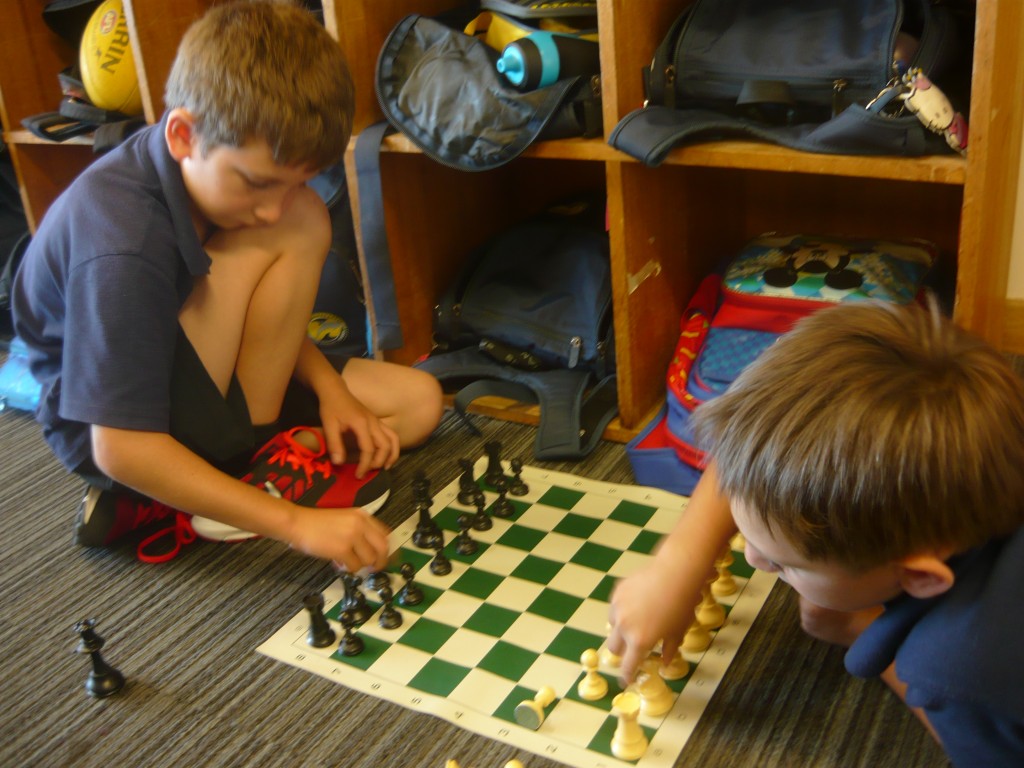
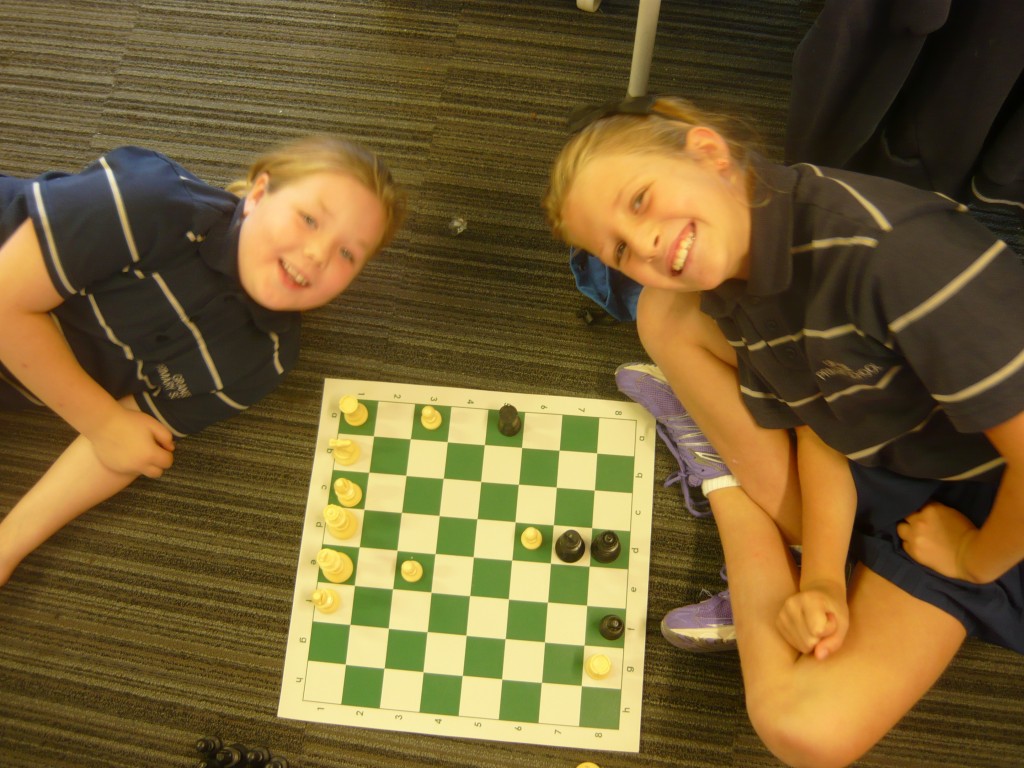


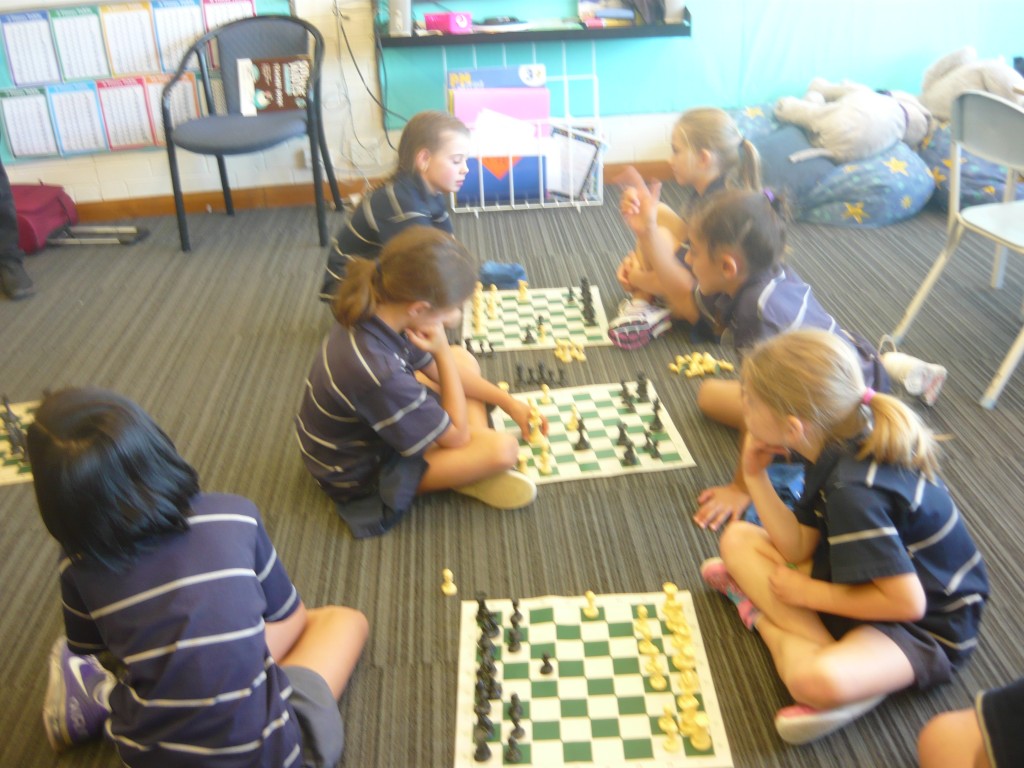

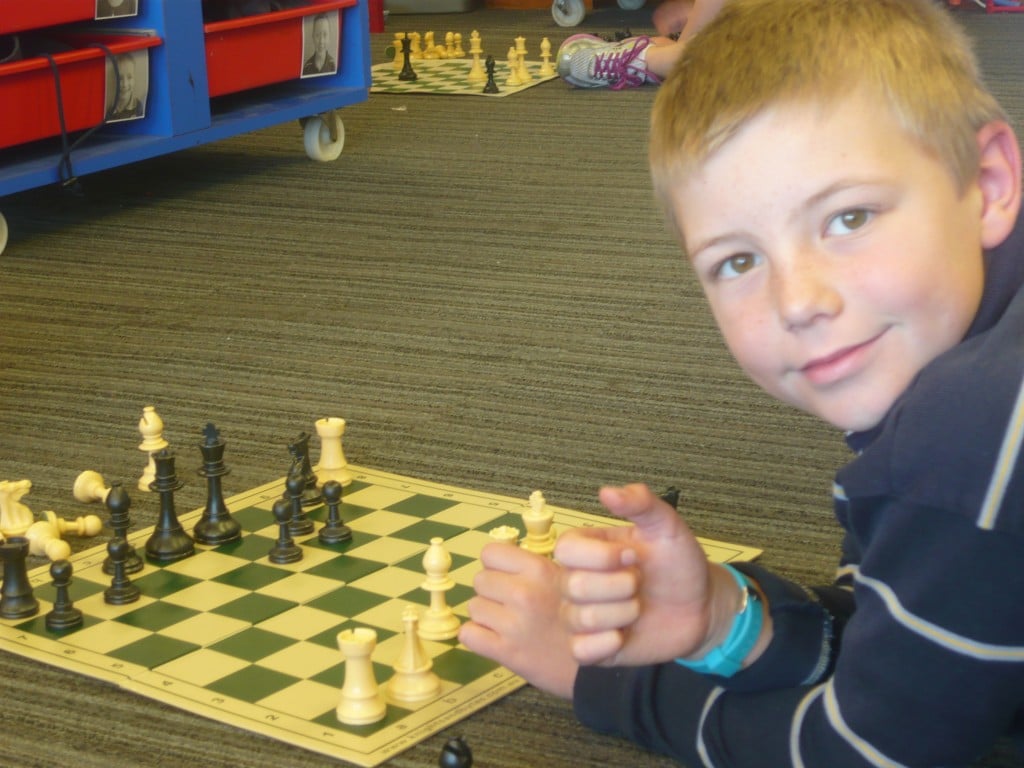




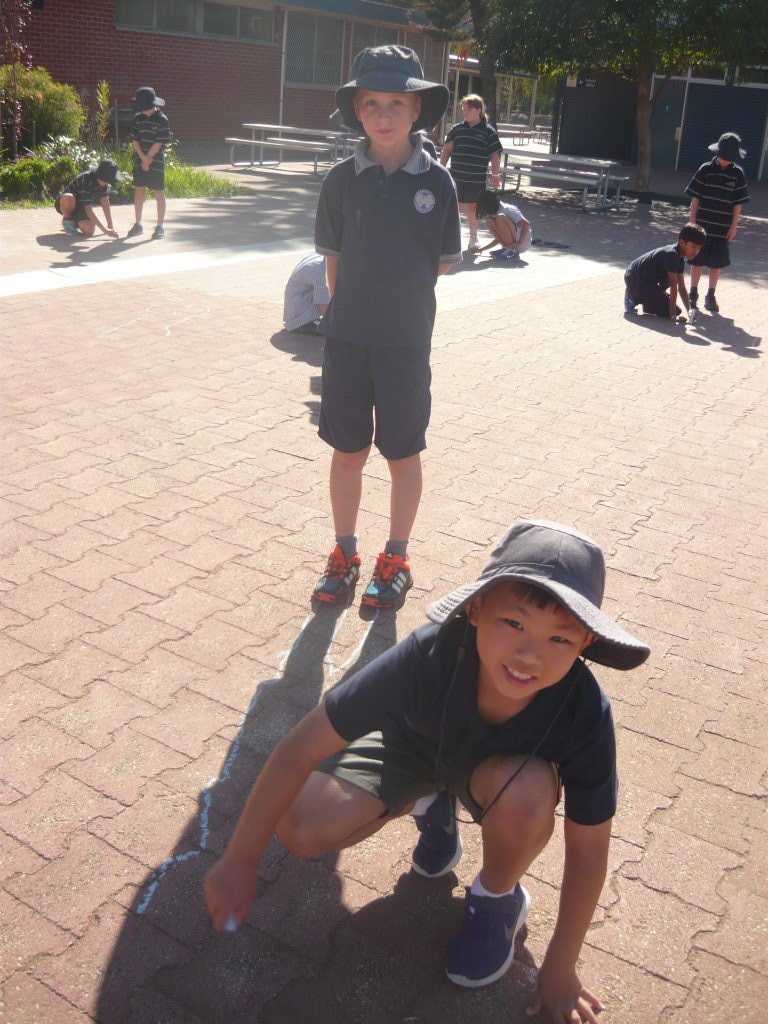
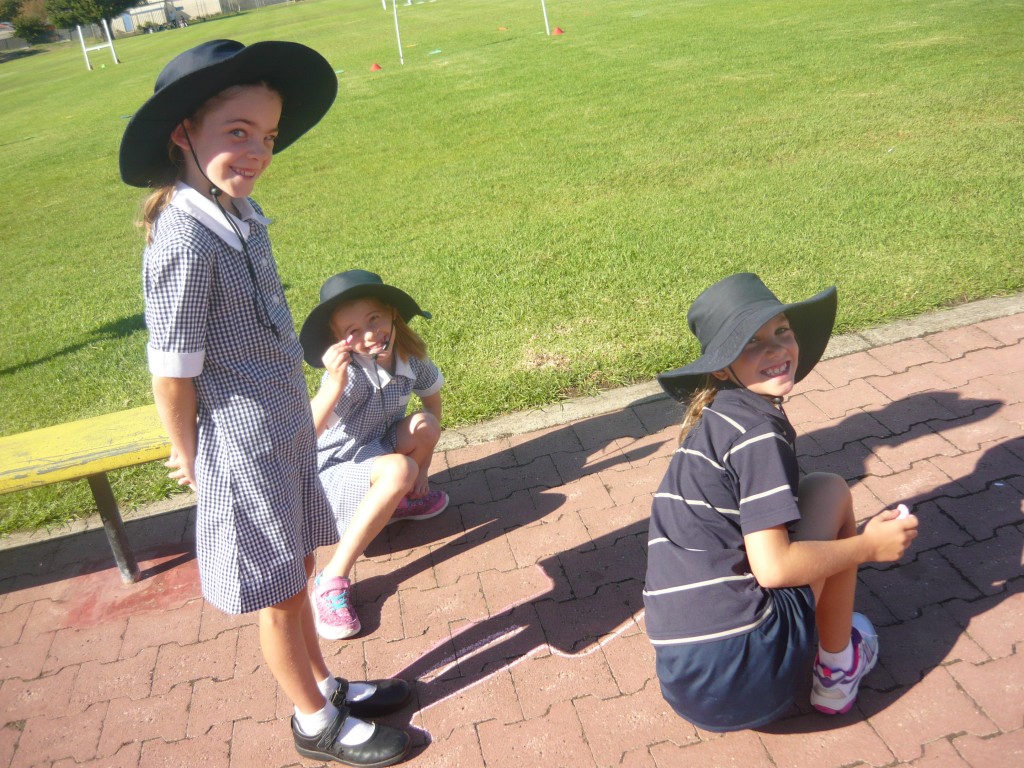
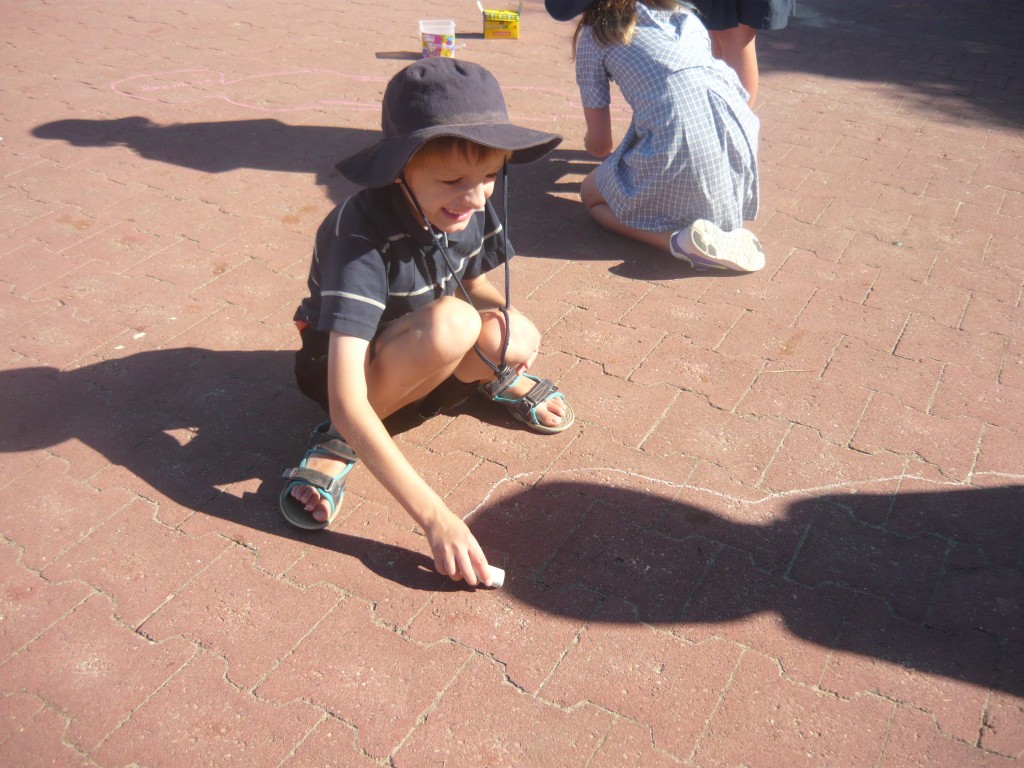
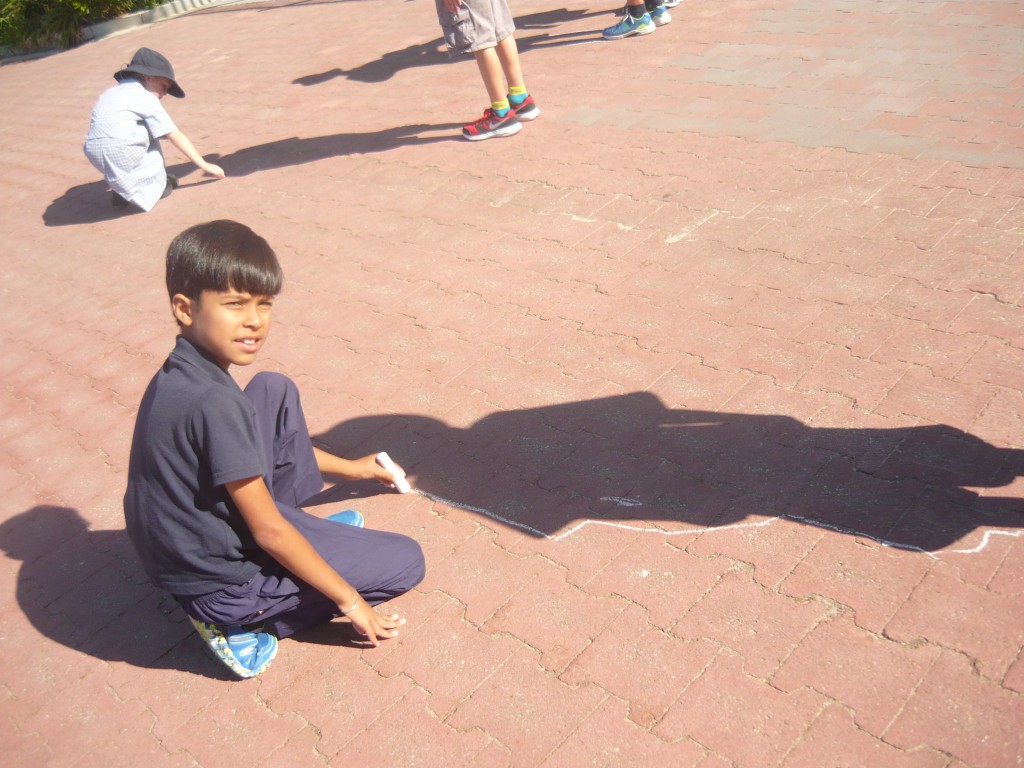
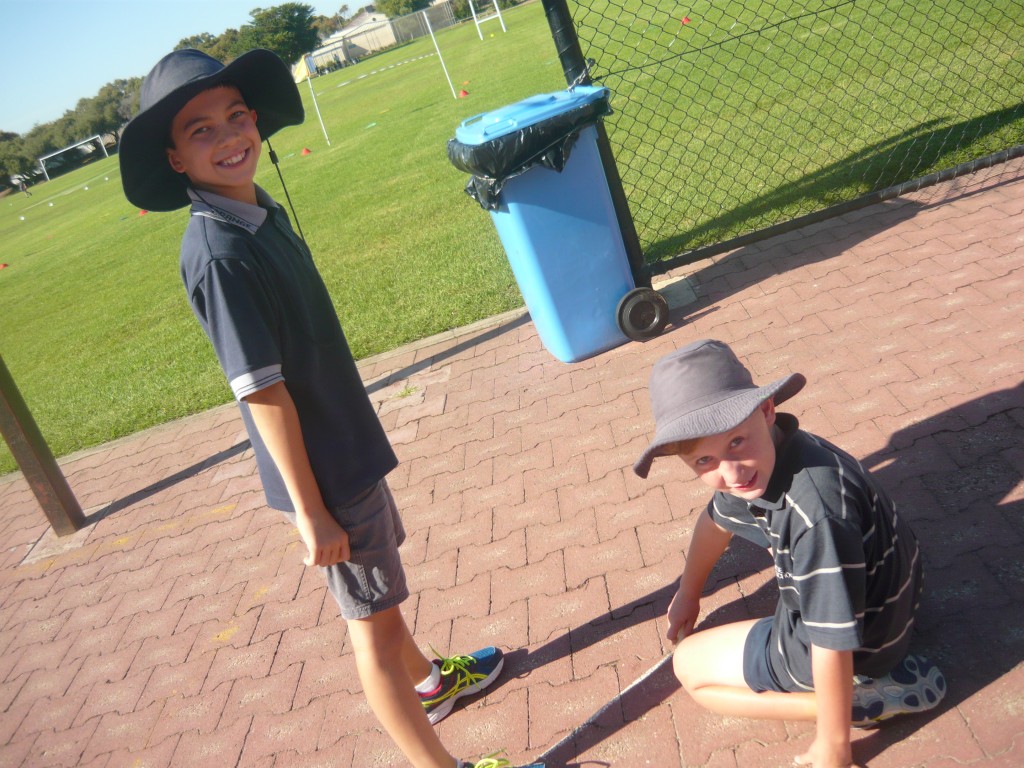
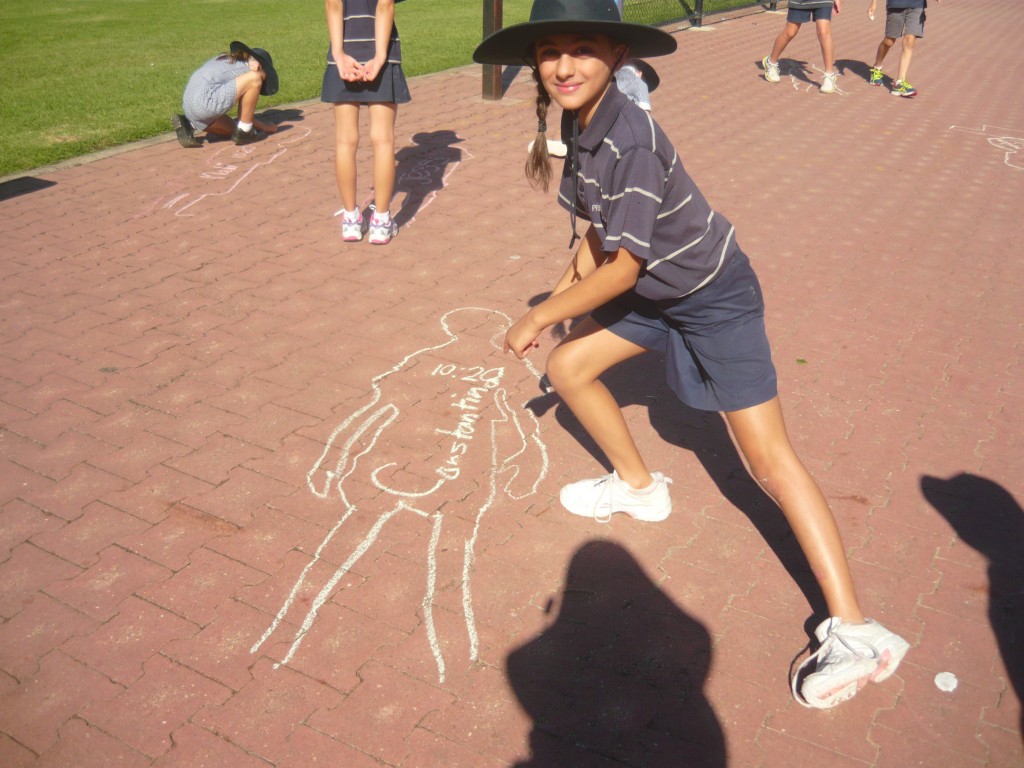
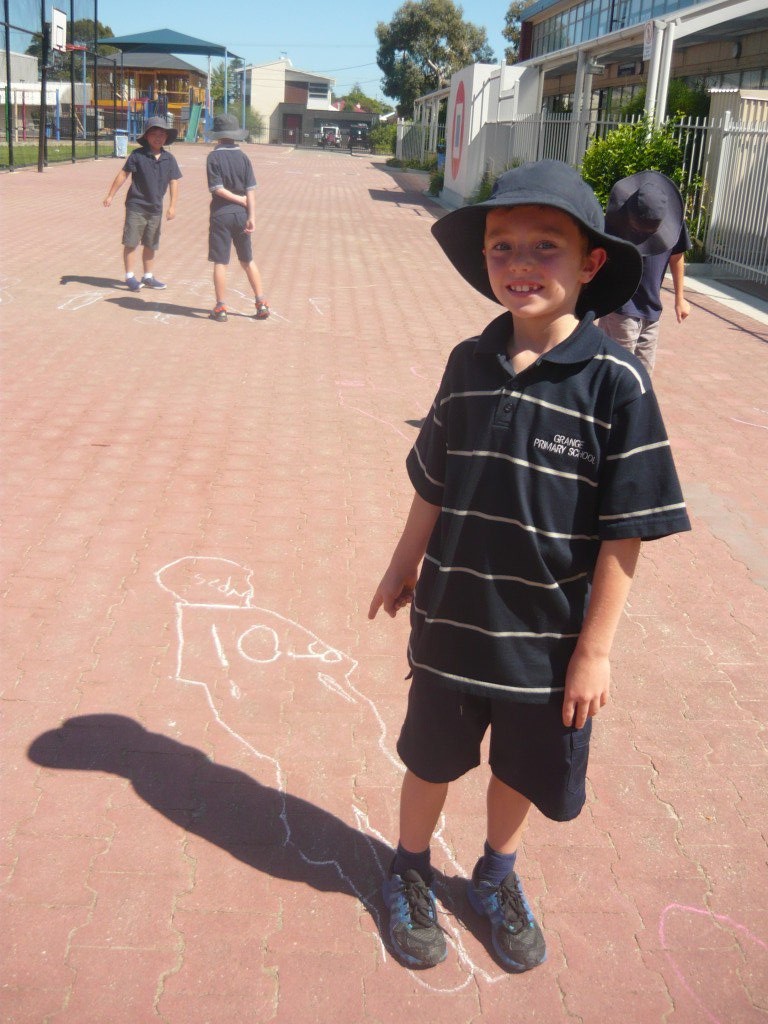
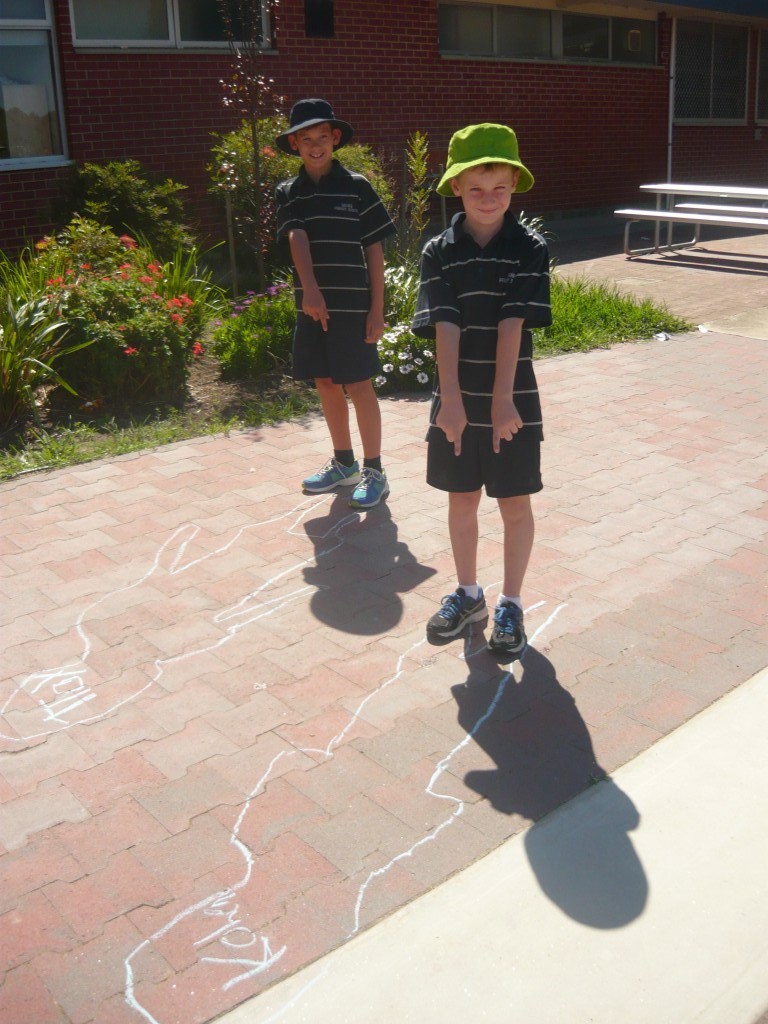
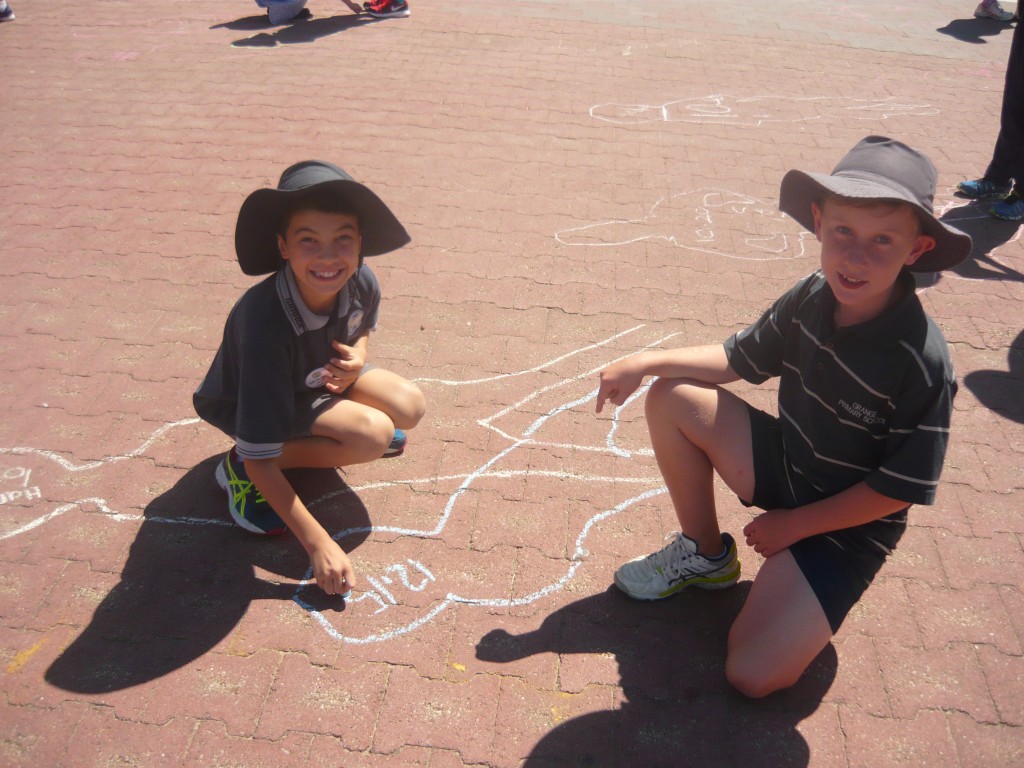

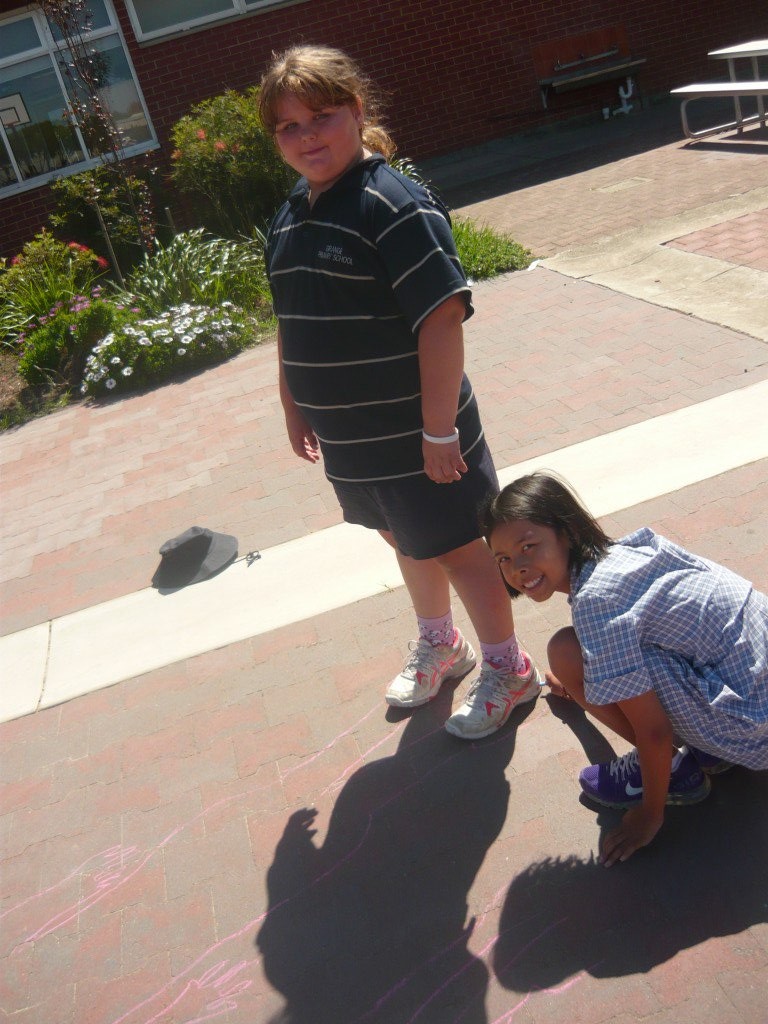
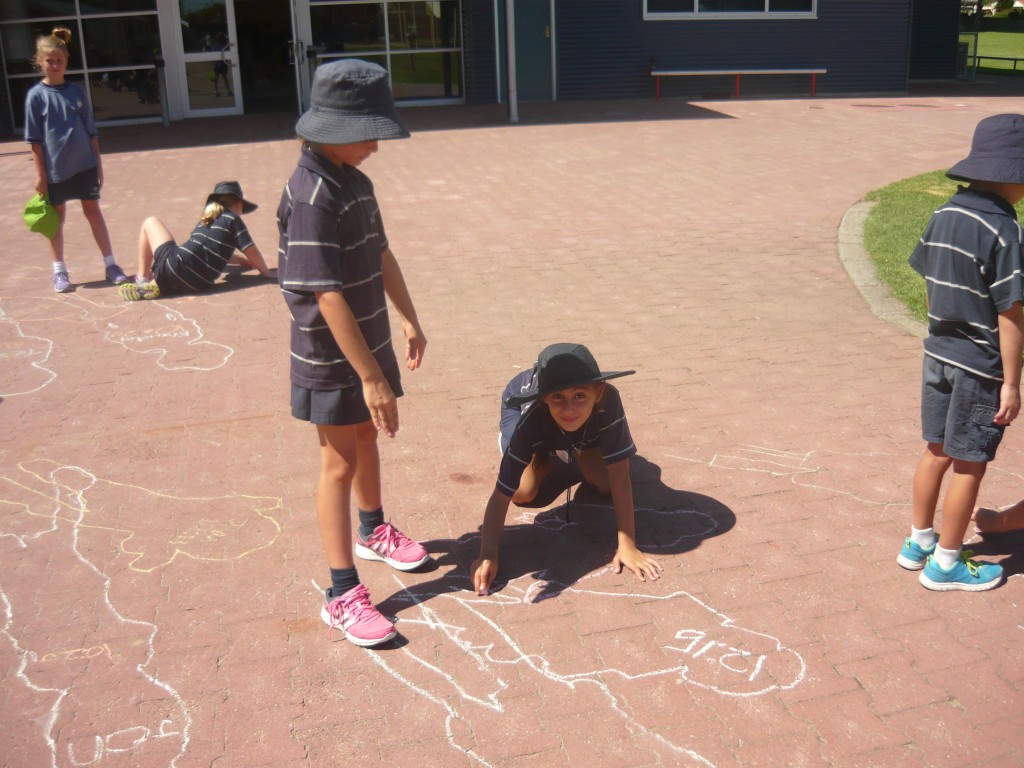
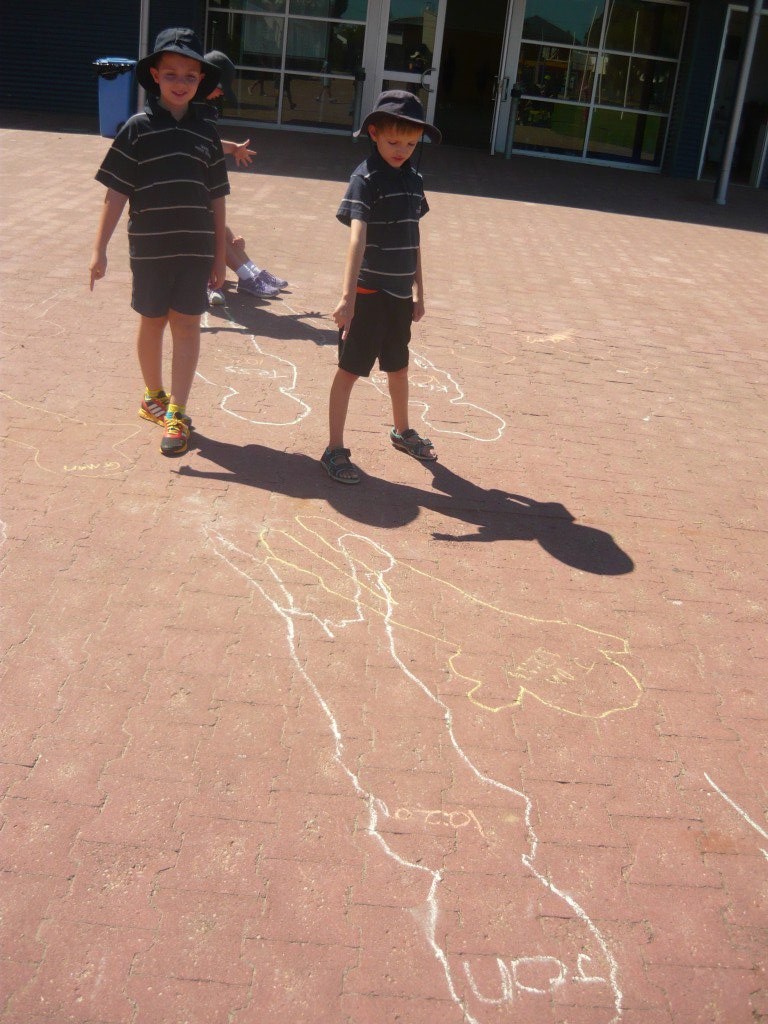
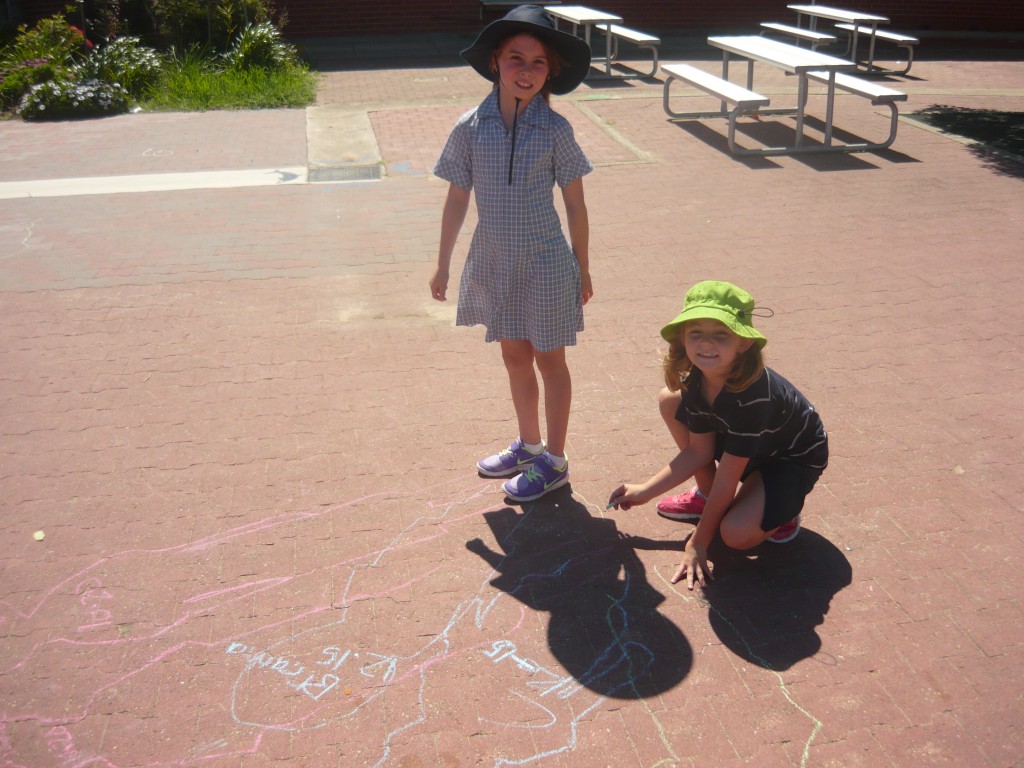

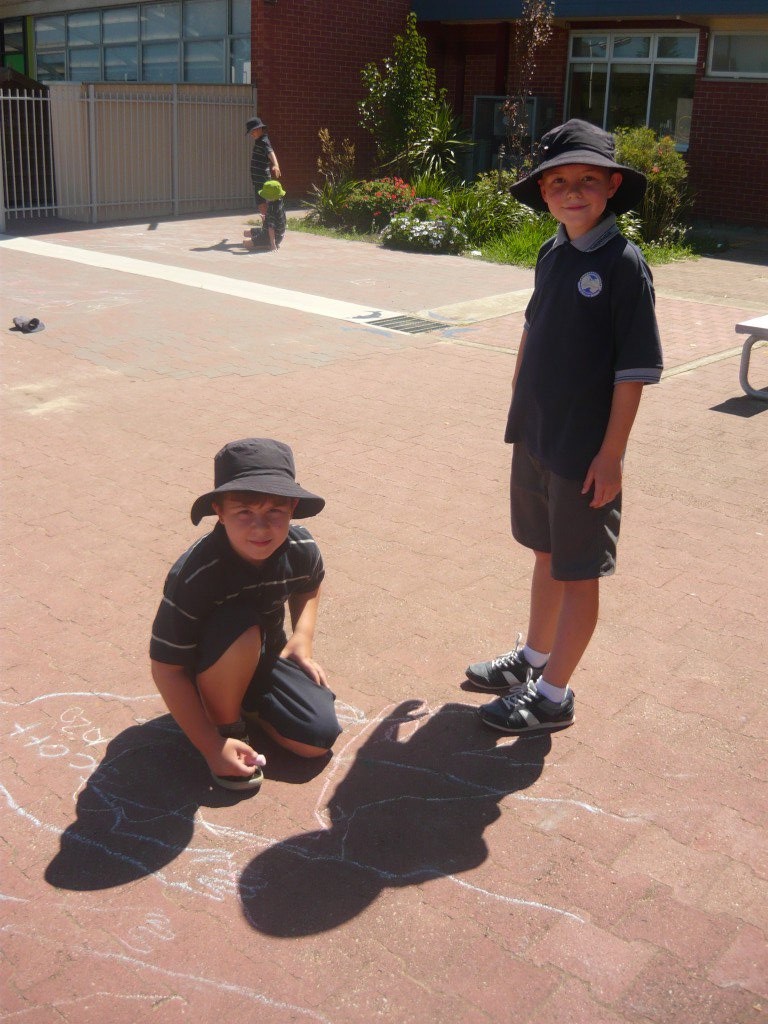
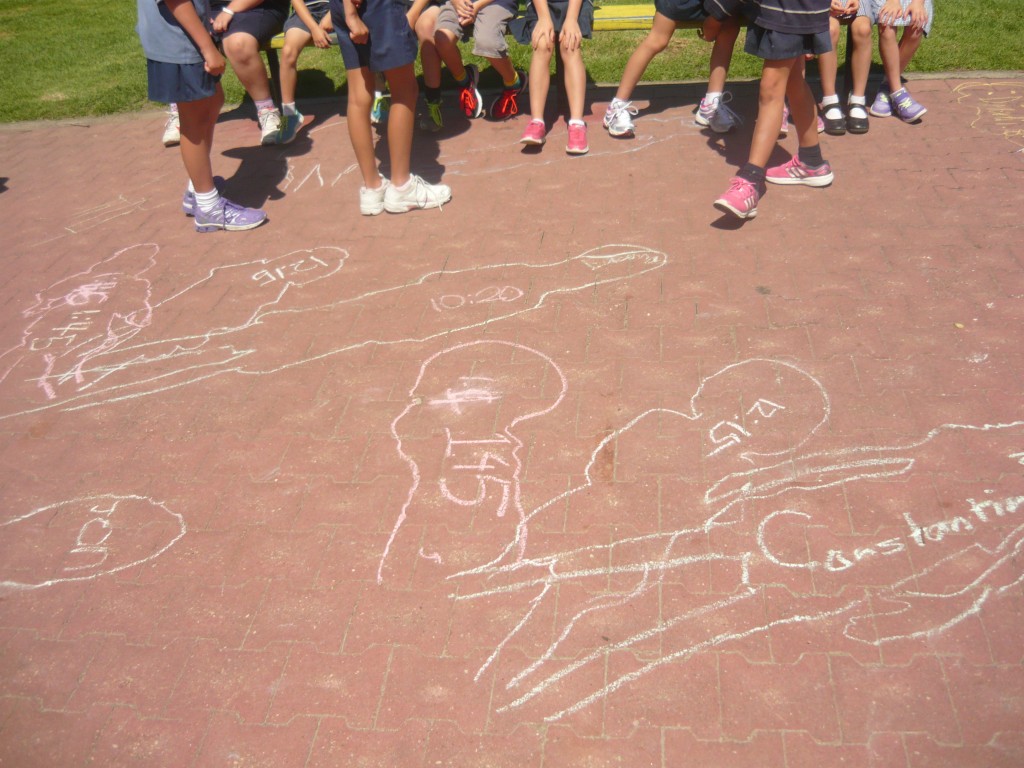

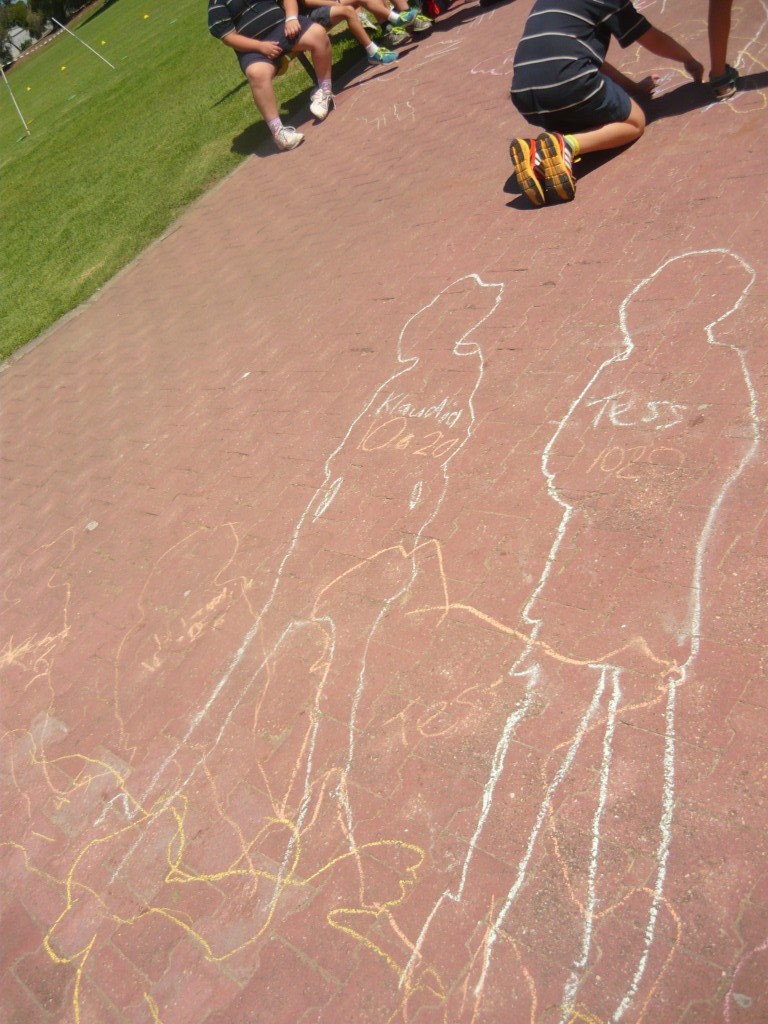





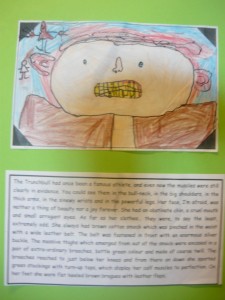






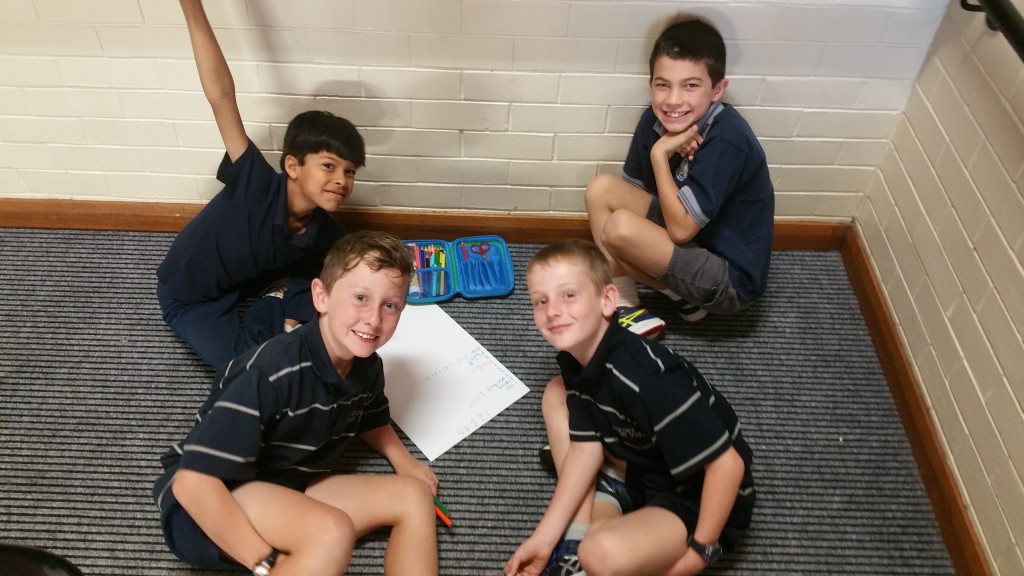
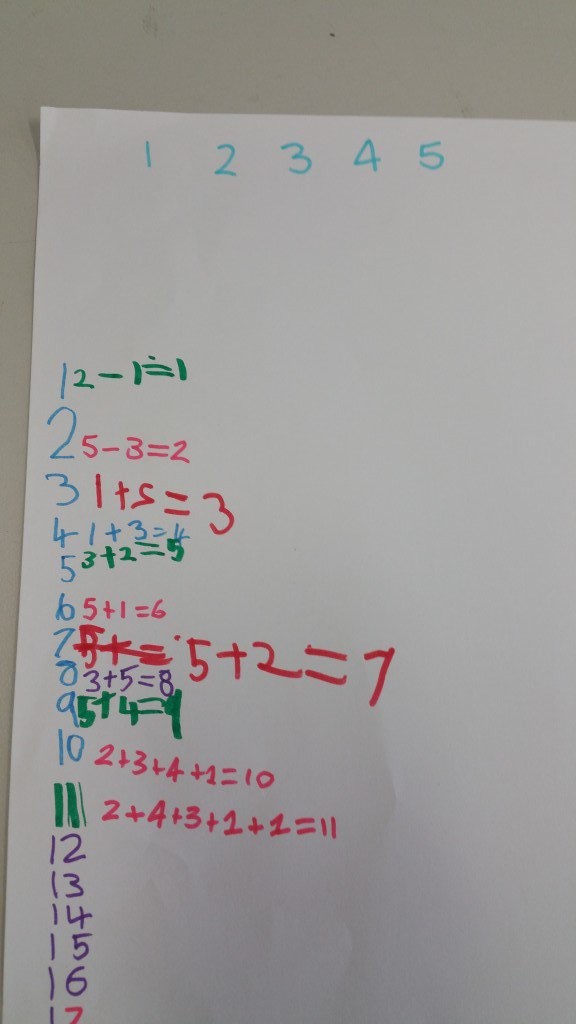

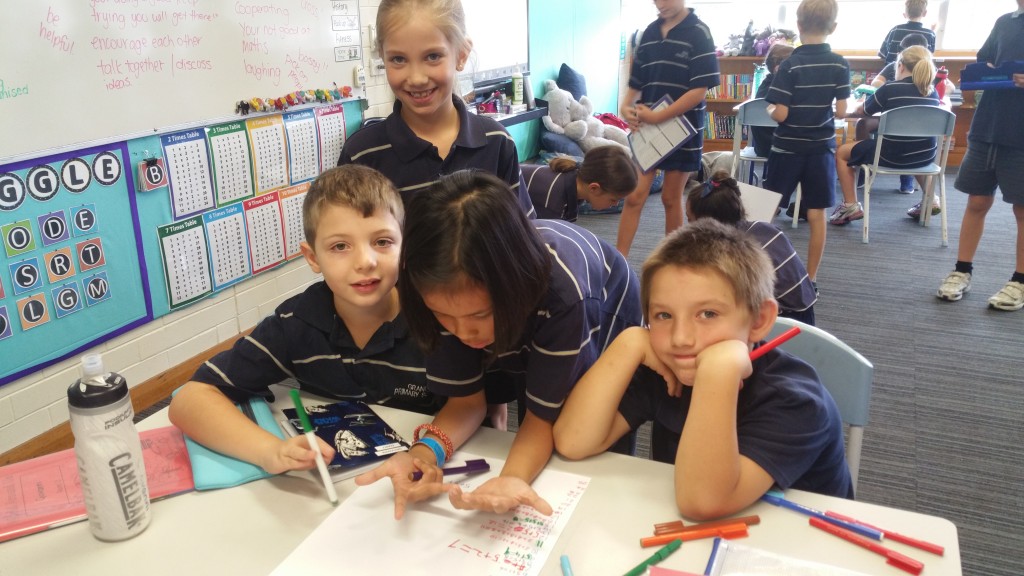
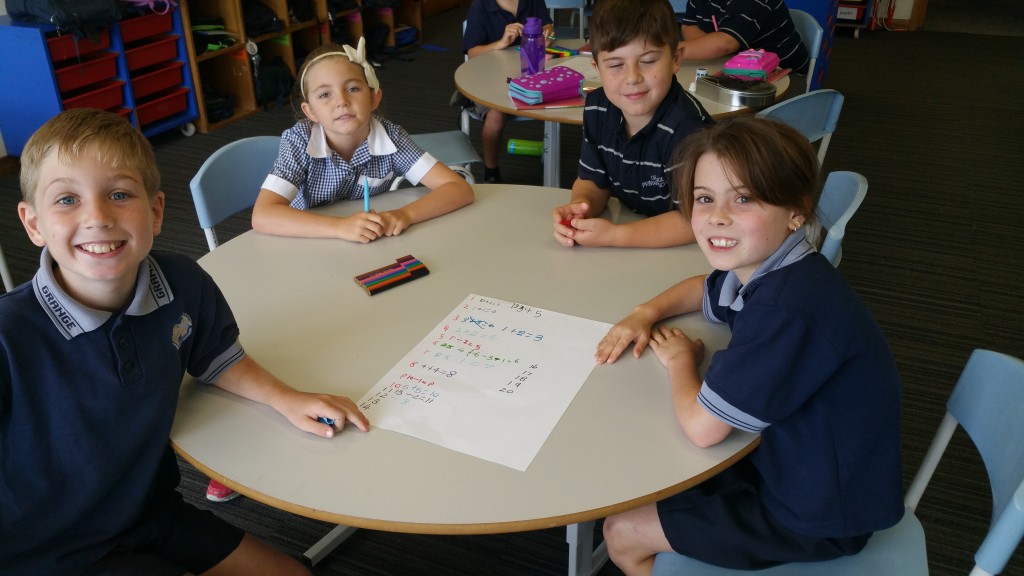






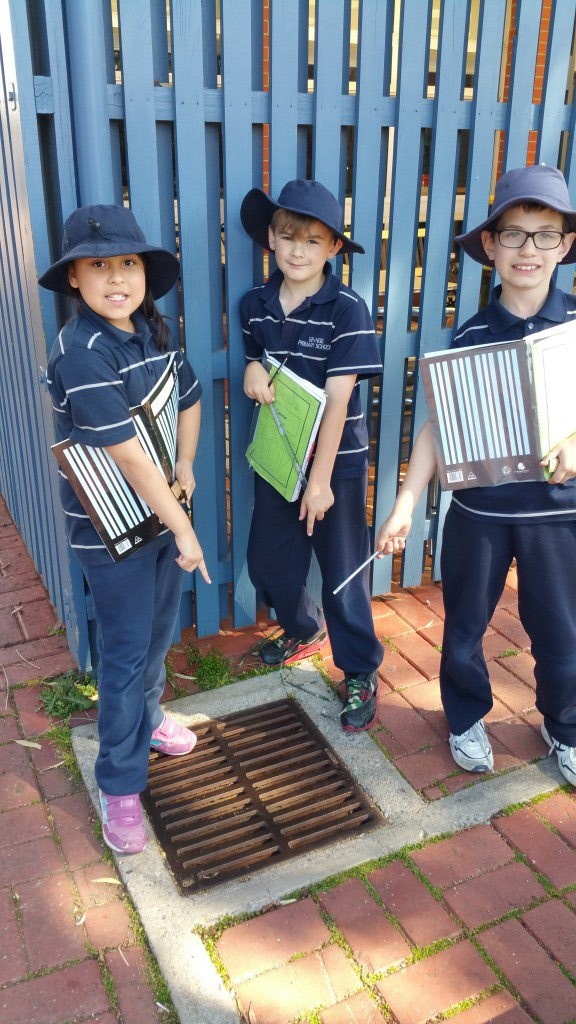
































![AFL-Rules-Playing-Positions[1]](https://grangeroom13.edublogs.org/files/2015/08/AFL-Rules-Playing-Positions1-17liqxc.gif)







